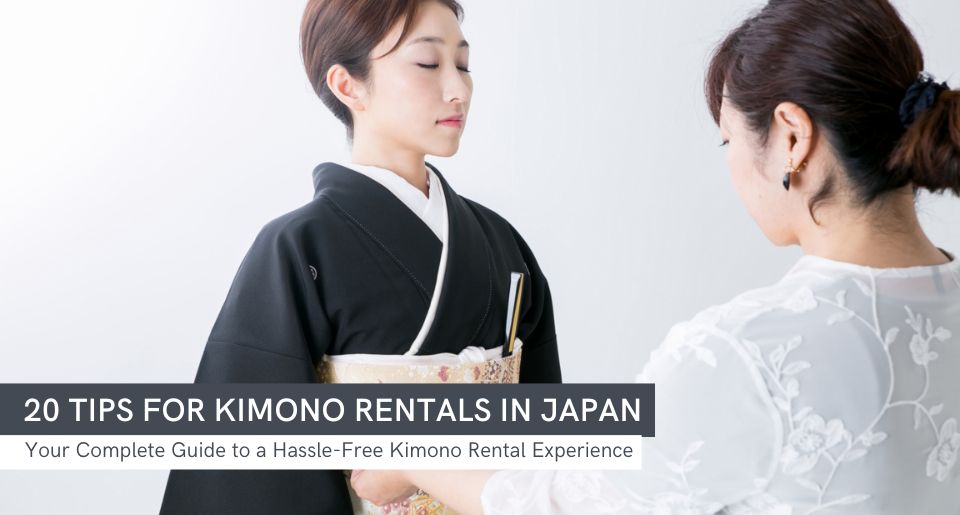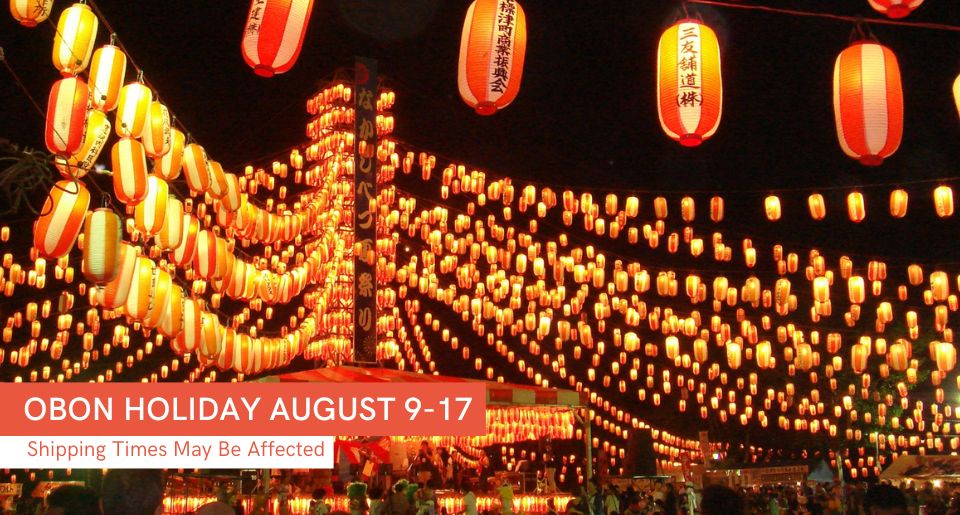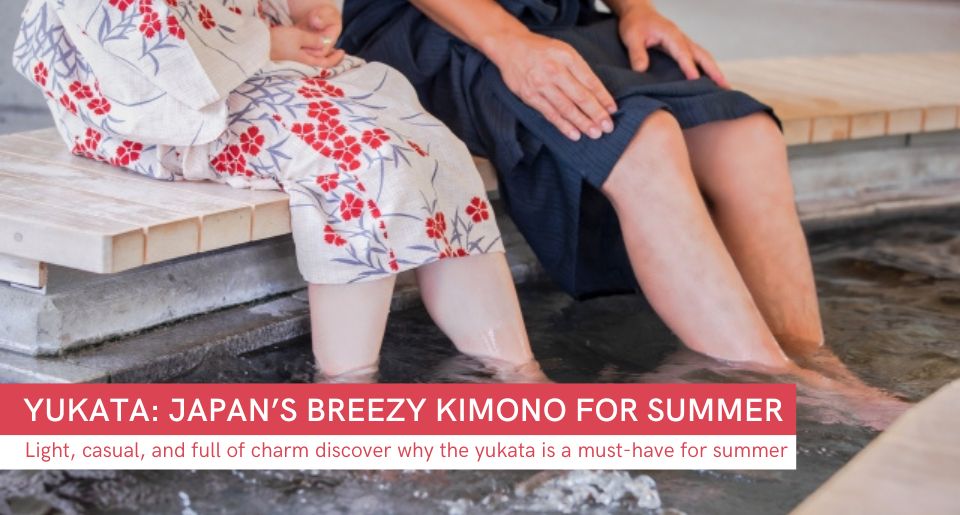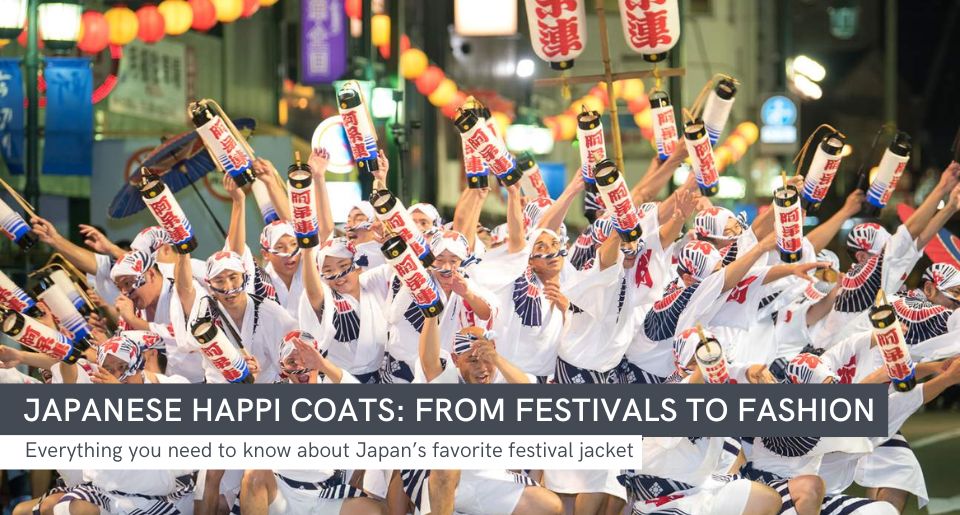Contents
- Introduction
- 1. Do Your Research
- 2. Plan Your Visit Strategically
- 3. Pick the Perfect Spot
- 4. Choose Your Zori Wisely
- 5. Pick the Perfect Tabi
- 6. Lift Before You Sit
- 7. Mind Your Manners
- 8. Walk with Elegance
- 9. Dine Without the Mess
- 10. Stay Hydrated and Snack Smart
- 11. Shawls Are Your Best Friend
- 12. Lean on Rickshaws
- 13. Book a Professional Photoshoot
- 14. Check Weather Forecasts
- 15. Learn Basic Kimono Etiquette
- 16. Plan for Accessibility
- 17. Consider the Full Package
- 18. Ask About Post-Rental Services
- 19. Own a Kimono and Skip the Rental Hassles!
- 20. Relax and Enjoy
Introduction
Who wouldn't love to wear a stunning kimono while exploring Japan? Exactly, which is why many visitors flock to kimono rental shops to get dressed in their dream kimono.
However, while these shops are convenient, it’s important to learn 20 key tips before renting your first kimono—mistakes with rented garments can seriously sour your experience!
1. Do Your Research
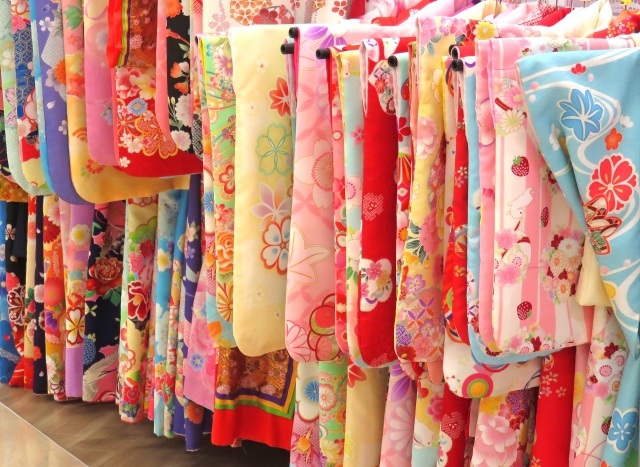
Spend some time online checking reviews and comparing prices. A quick visit to the shop’s websites can give you a good sense of what each shop offers and help you make a well-informed decision.
2. Plan Your Visit Strategically
Arriving early at the rental shop is a smart move (especially during peak tourist seasons) as it helps you sidestep the lengthy queues that are common at these times. Getting there before everyone else ensures a quick, hassle-free rental experience and plenty of time to explore the options!
3. Pick the Perfect Spot
Location is key! Choose a kimono rental shop close to the sights you're eager to see. Long walks in a rented kimono can be tiring and take away from your enjoyment. A conveniently located shop ensures a comfortable exploration and lets you enjoy the scenery without any hassles.
4. Choose Your Zori Wisely
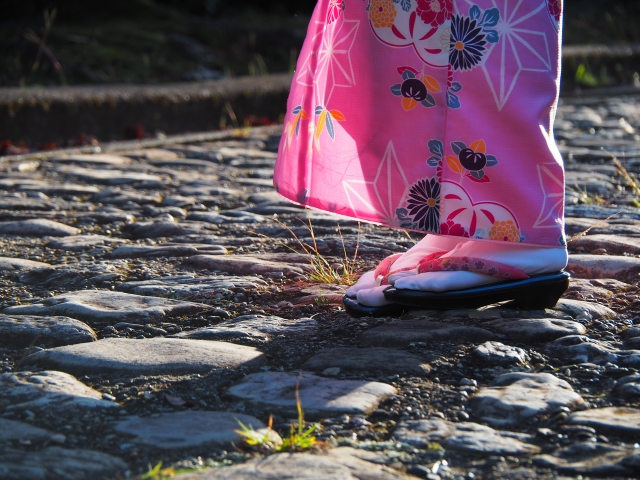
Go for zori with soft, thick straps for optimal comfort—they're much less likely to cause blisters. Opting for a pair that's slightly broken in can also be a great choice, as they're already adjusted for comfort, making them ideal for all-day exploration.
5. Pick the Perfect Tabi
When choosing tabi for your kimono ensemble, opt for a snug but comfortable fit in a material suitable for the weather—cotton for warmer days and thicker fabric for cooler temperatures. Traditional white tabi are most formal, but feel free to experiment with colors to complement your kimono.
6. Lift Before You Sit
Before sitting down in a restroom, lift your kimono from the top to keep everything neatly in place. This simple move helps prevent any bathroom mishaps, ensuring your kimono stays pristine and properly arranged throughout the day.
7. Mind Your Manners

When in crowded places or public transport, be cautious of how your kimono and obi interact with your surroundings to prevent any accidental unravelling or staining.
8. Walk with Elegance
Kimonos require a graceful stride. Keep your back straight, steps small, and toes slightly inward. You’ll look every bit the part and keep your rented kimono neat.
9. Dine Without the Mess
Tuck a handkerchief into your obi while eating to guard against spills. This little prep can save you from a lot of cleaning hassles later!
10. Stay Hydrated and Snack Smart
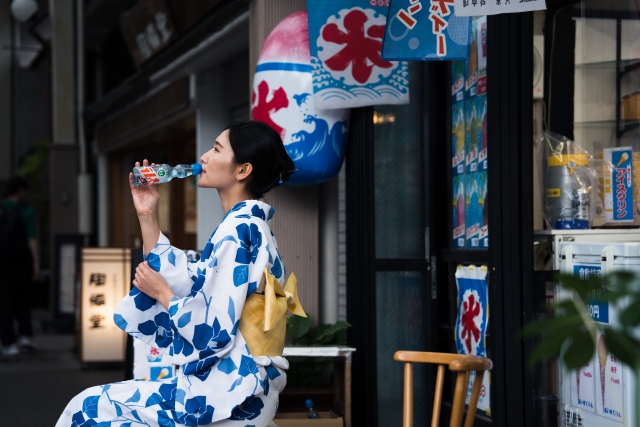
Wearing a kimono, especially if it’s your first time, can be more tiring than expected. Bring a water bottle and some easy-to-eat snacks that won’t mess up your outfit. This will keep you energized and comfortable throughout your sightseeing.
11. Shawls Are Your Best Friend
Whether it’s chilly or sunny, a shawl can be a lifesaver. It adds warmth, protects from the sun, and can be stylishly draped over your kimono’s obi to keep it tidy in crowds.
12. Lean on Rickshaws
Tired feet? Hop into a rickshaw or a kimono-friendly taxi. They’re not only fun but also perfect for getting around without wrinkling your outfit.
13. Book a Professional Photoshoot
Make the most of your kimono outing by arranging a photoshoot with a professional at some of Japan's iconic spots. These high-quality, Instagram-worthy photos will capture your adventure in stunning detail—memories you'll cherish forever!
14. Check Weather Forecasts
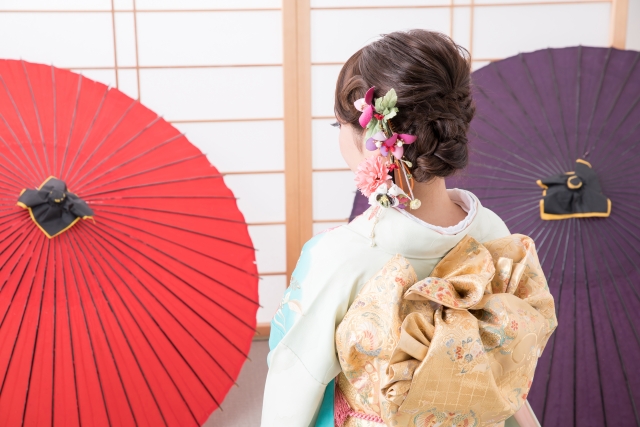
Check the forecast to ensure your kimono outing isn’t marred by rain or extreme temperatures. If rain is expected, ask the rental shop if they provide traditional Japanese umbrellas (wagasa).
15. Learn Basic Kimono Etiquette
Familiarize yourself with some basic kimono etiquette before your rental. Knowing how to sit, stand, and move gracefully can greatly enhance your experience and show respect for the cultural tradition.
16. Plan for Accessibility
Some historic sites in Japan might not be easily accessible in a kimono due to uneven terrain or steep paths. Plan your route to include kimono-friendly spots that are easy to navigate and offer plenty of places to rest (you’ll thank yourself later!).
17. Consider the Full Package
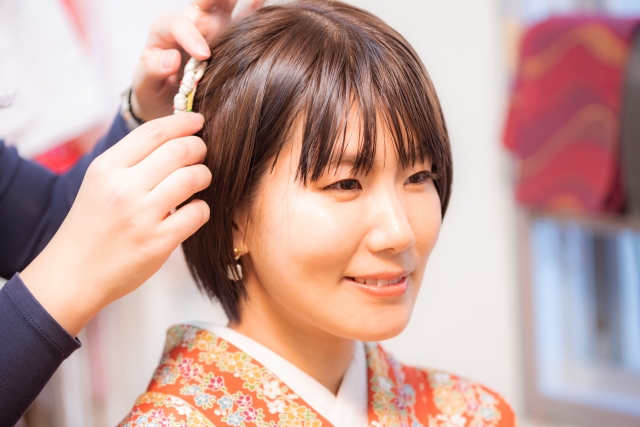
Think beyond just the kimono. Many shops bundle their rentals with extras like accessories, professional hair styling, and even photography sessions. Assess which additional services might enrich your exploration and select a package that offers the most value and convenience.
18. Ask About Post-Rental Services
Inquire about the rental shop’s policies on garment care post-use, especially in case of accidental stains or damage. Knowing these details upfront can help you handle any mishaps with ease and avoid unexpected charges.
19. Own a Kimono and Skip the Rental Hassles!
Why bother with rental restrictions when you can invest in your own authentic Japanese kimono at an affordable price? Through the online platform ZenPlus, you have access to over 5 million Japanese items (including stunning kimonos) offered by 3,000 Japanese retailers. Enjoy the convenience of fast delivery and flaunt your fabulous kimono on all your travels!
20. Relax and Enjoy
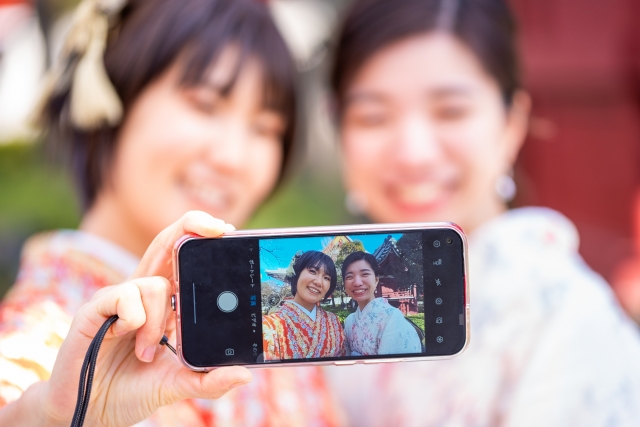
Don’t rush—allow plenty of time for dressing and enjoying every detail. Whether you're renting or buying a beautiful kimono to keep forever, wearing this iconic garment in Japan allows you to absorb the country's beauty—from native cherry blossom trees and famous ancient spots to smells of delicious food and lively streets that blend old with new, all brought to life by the wonderful Japanese people!

